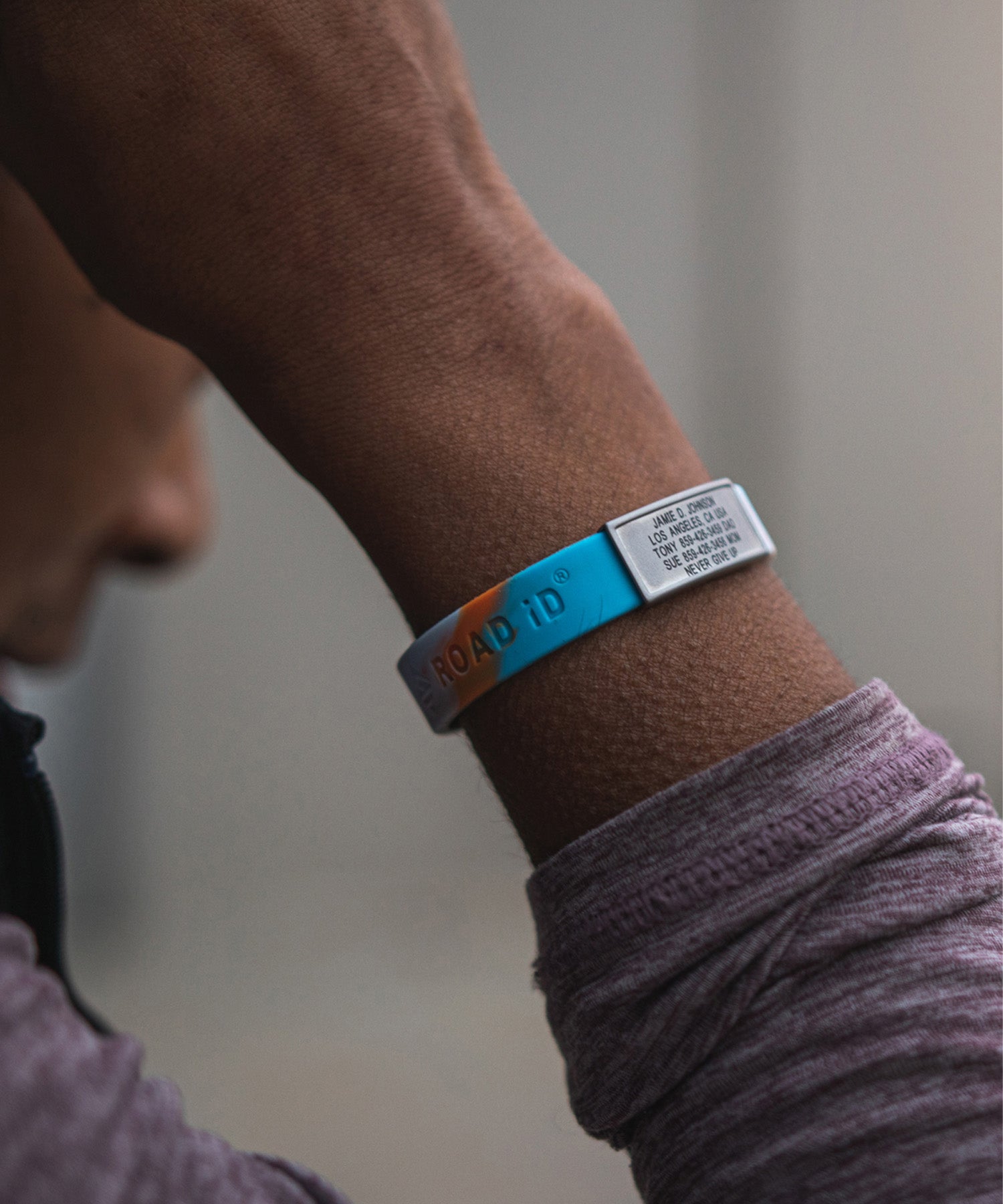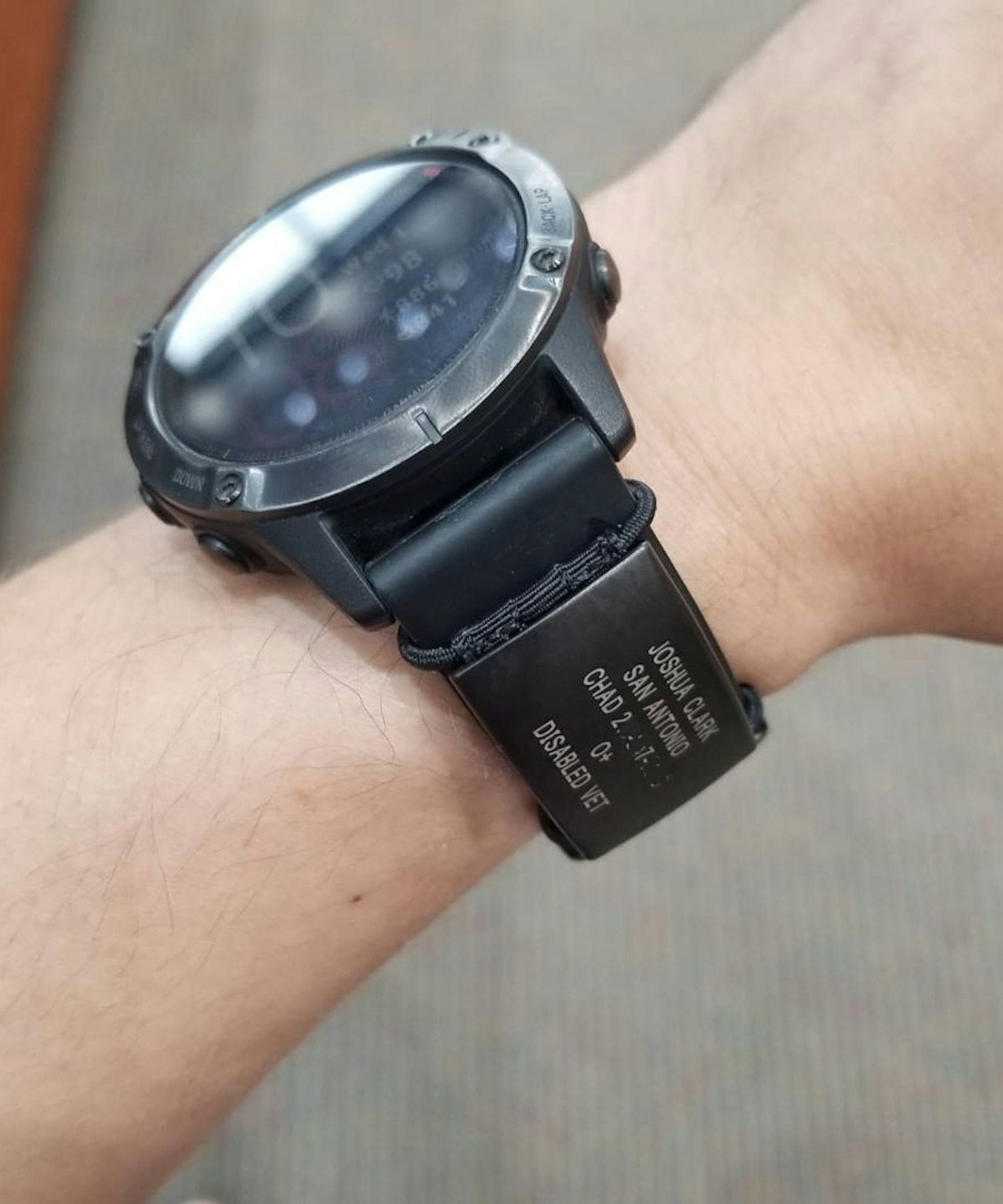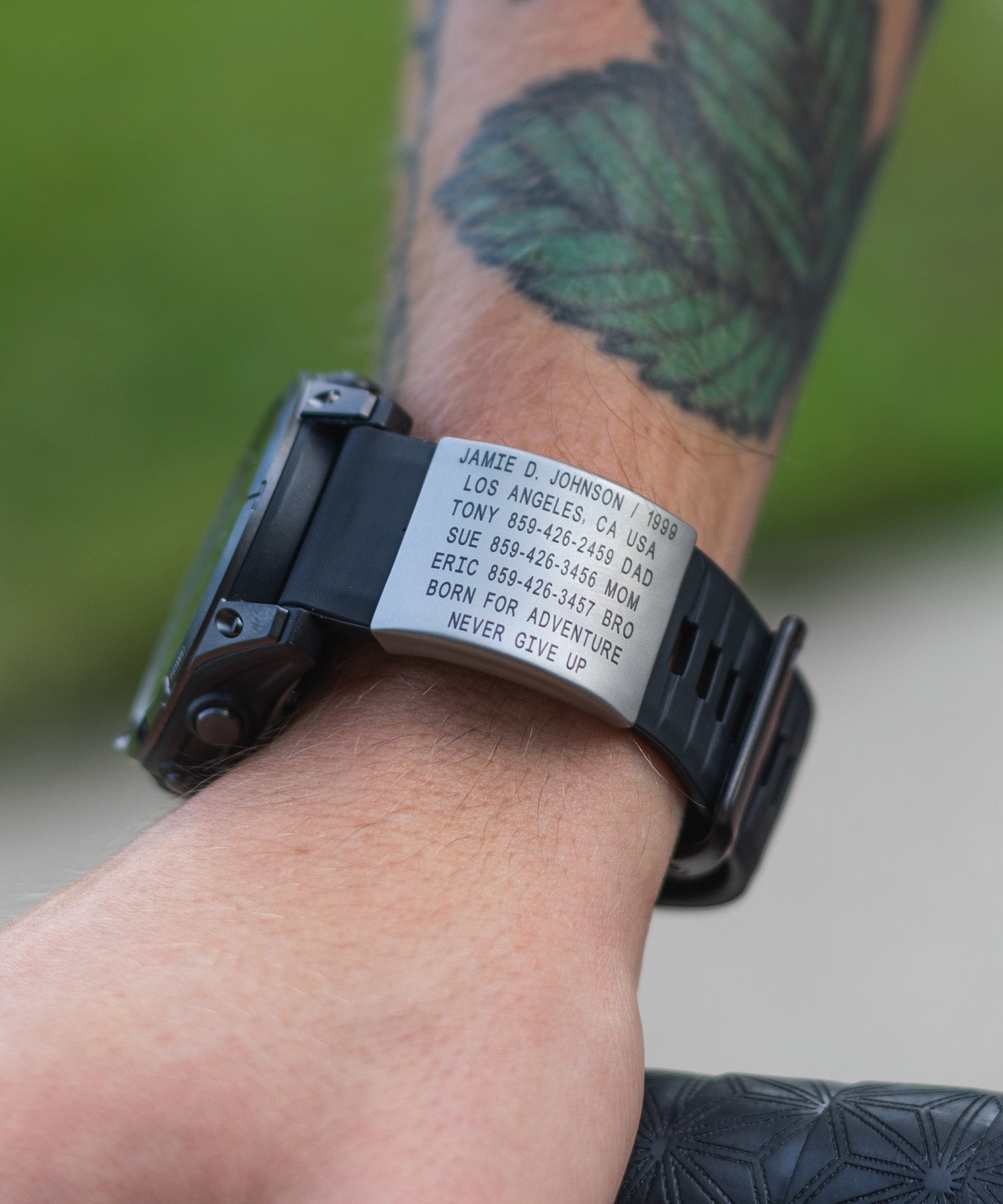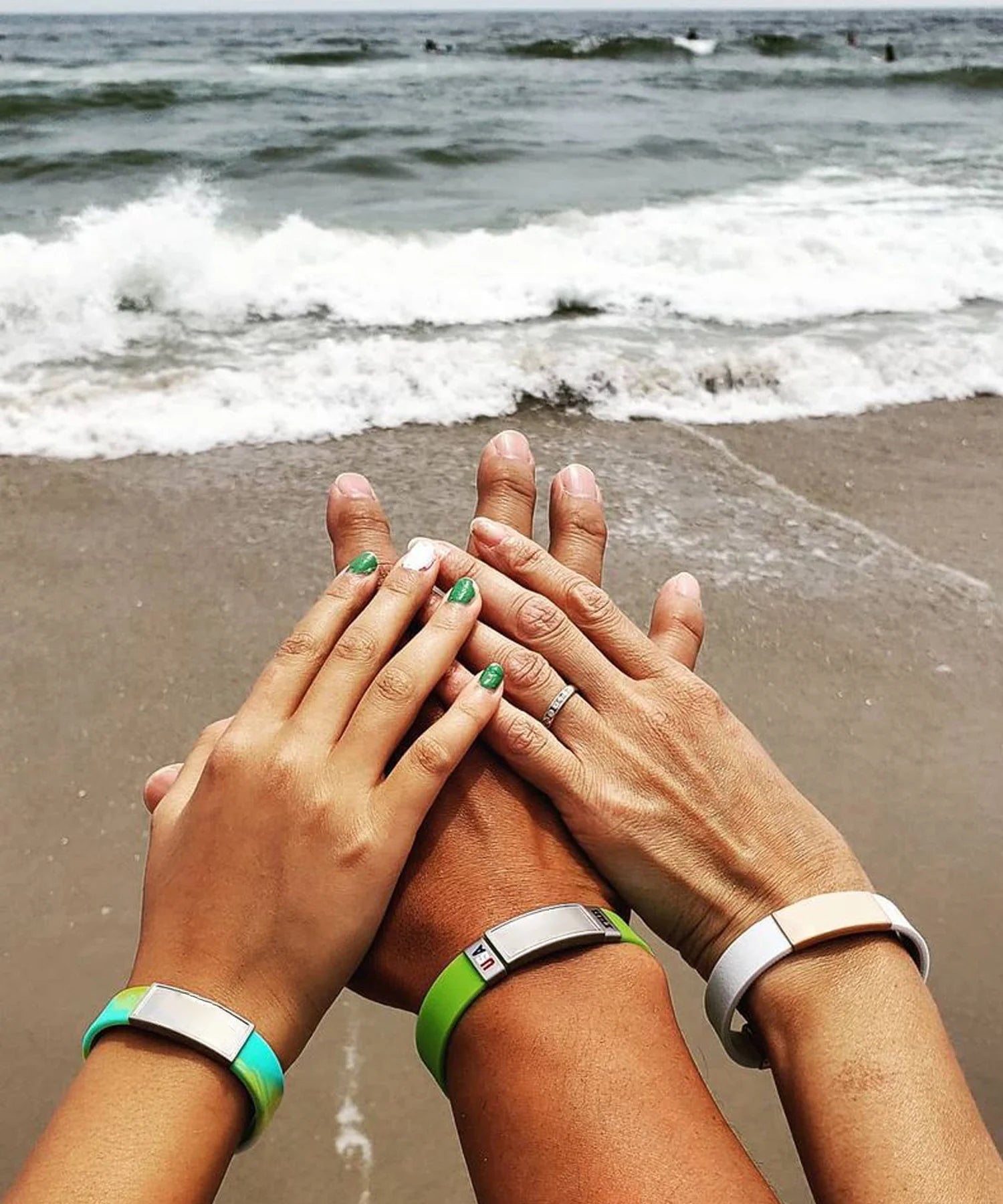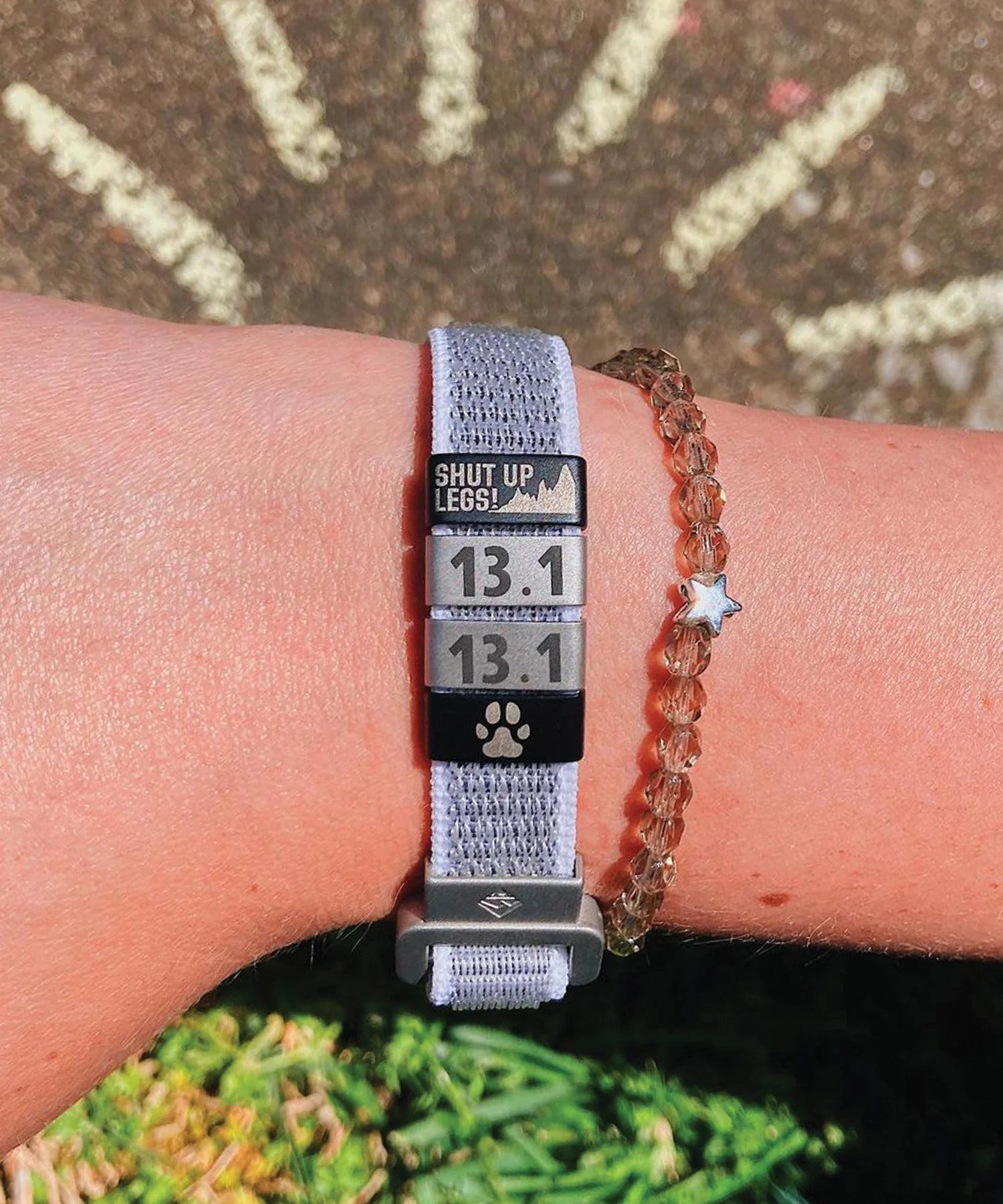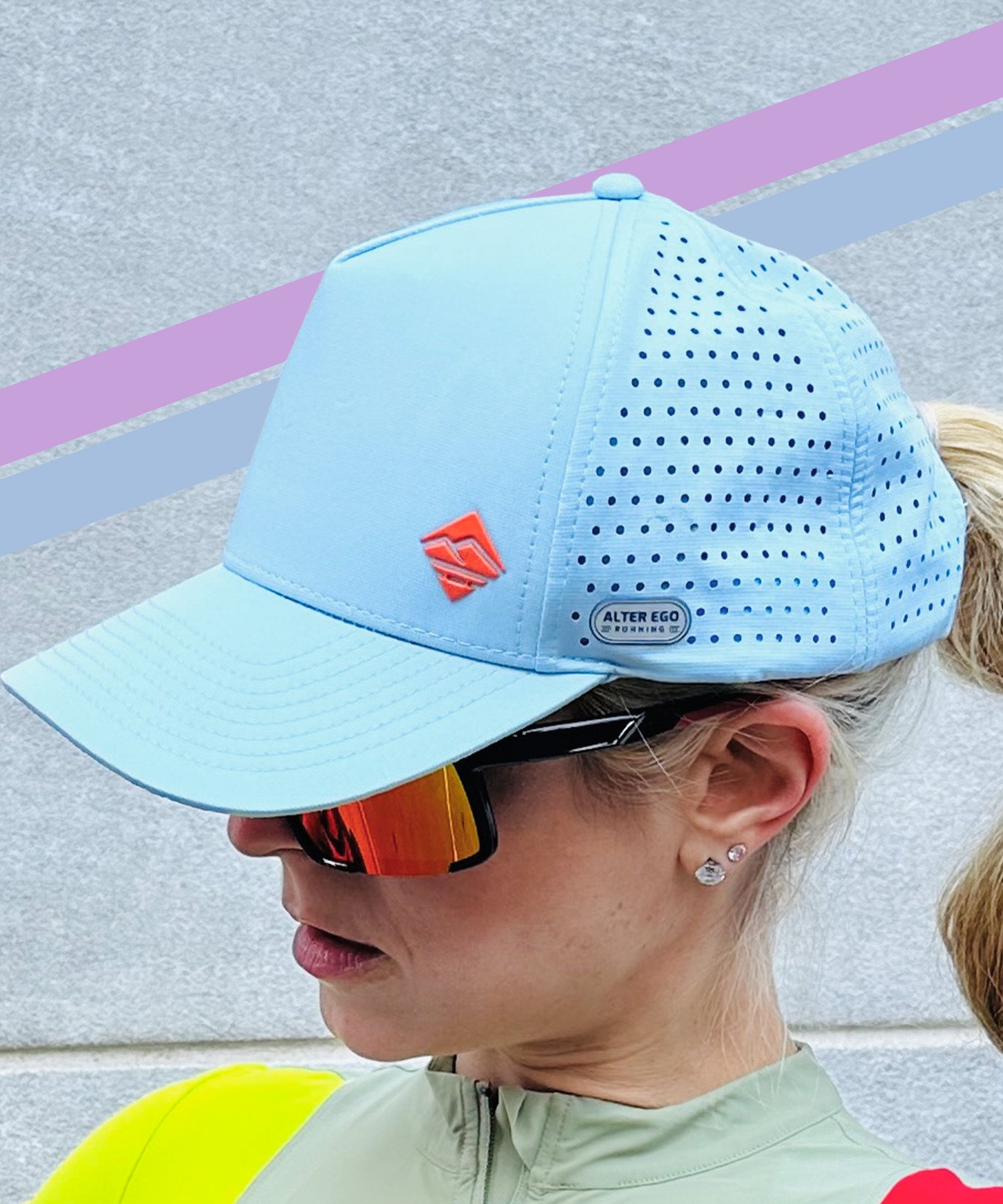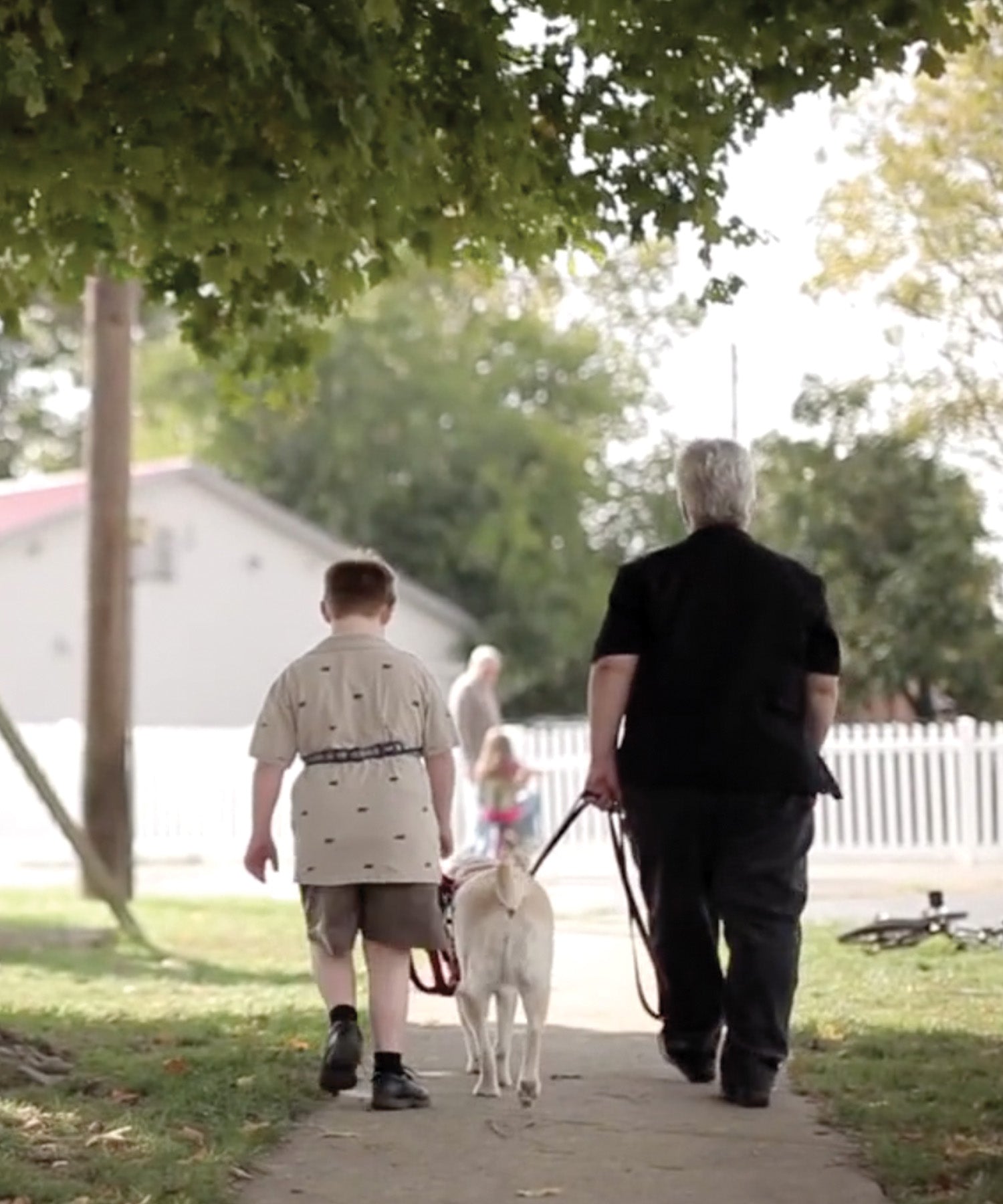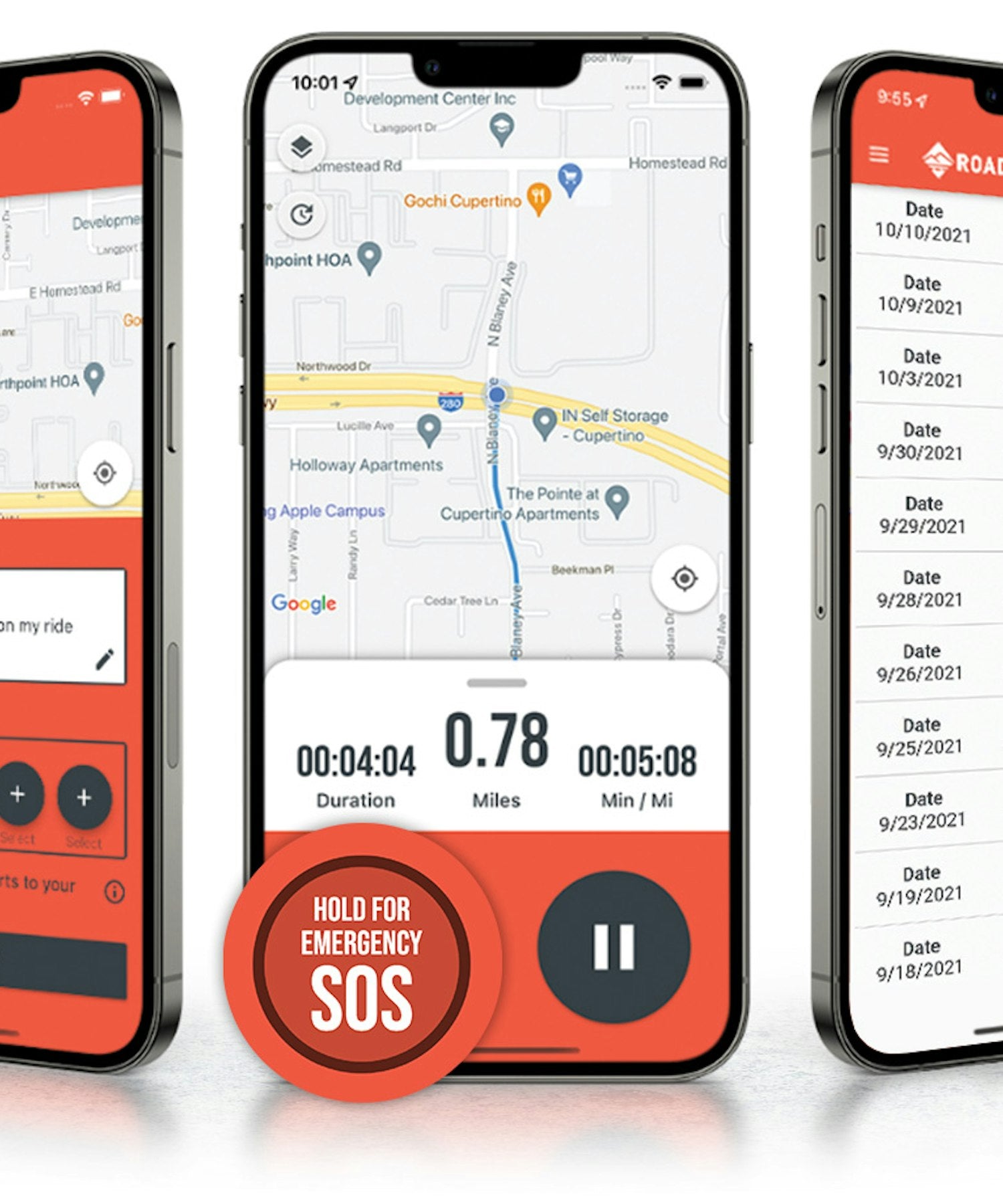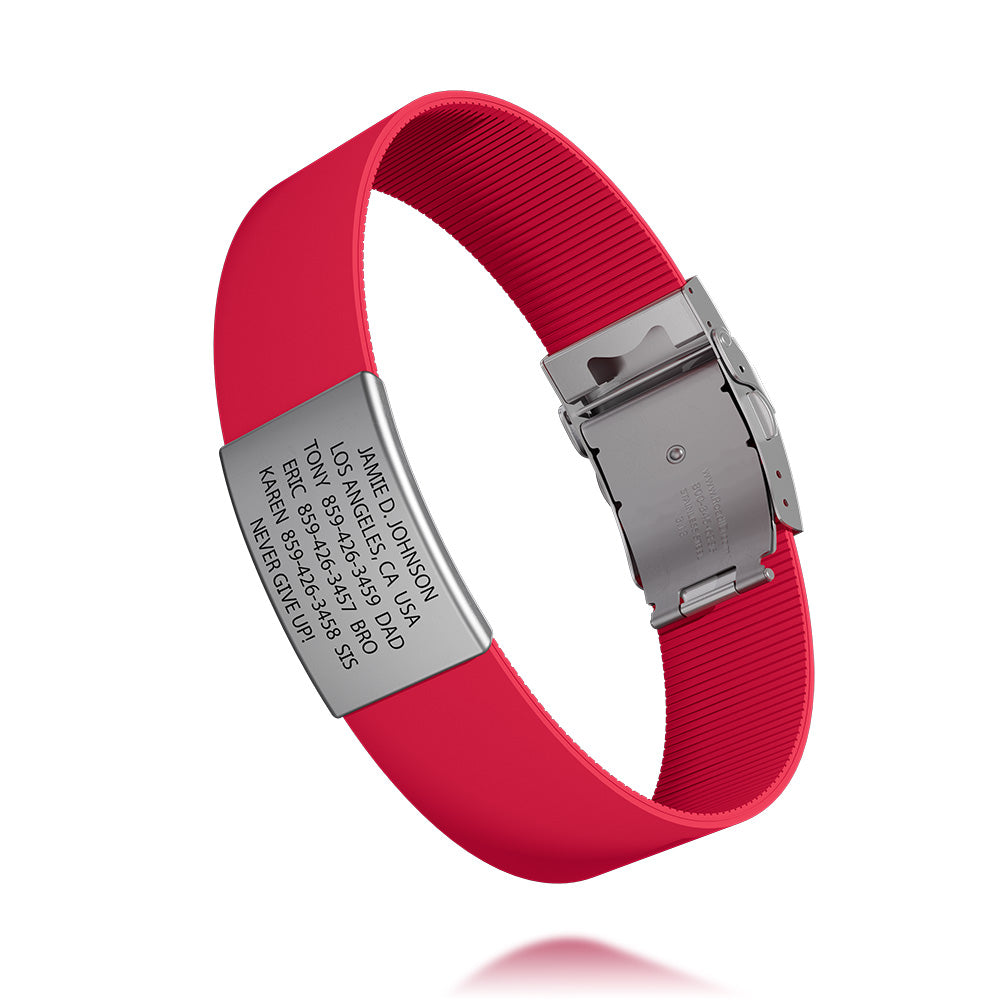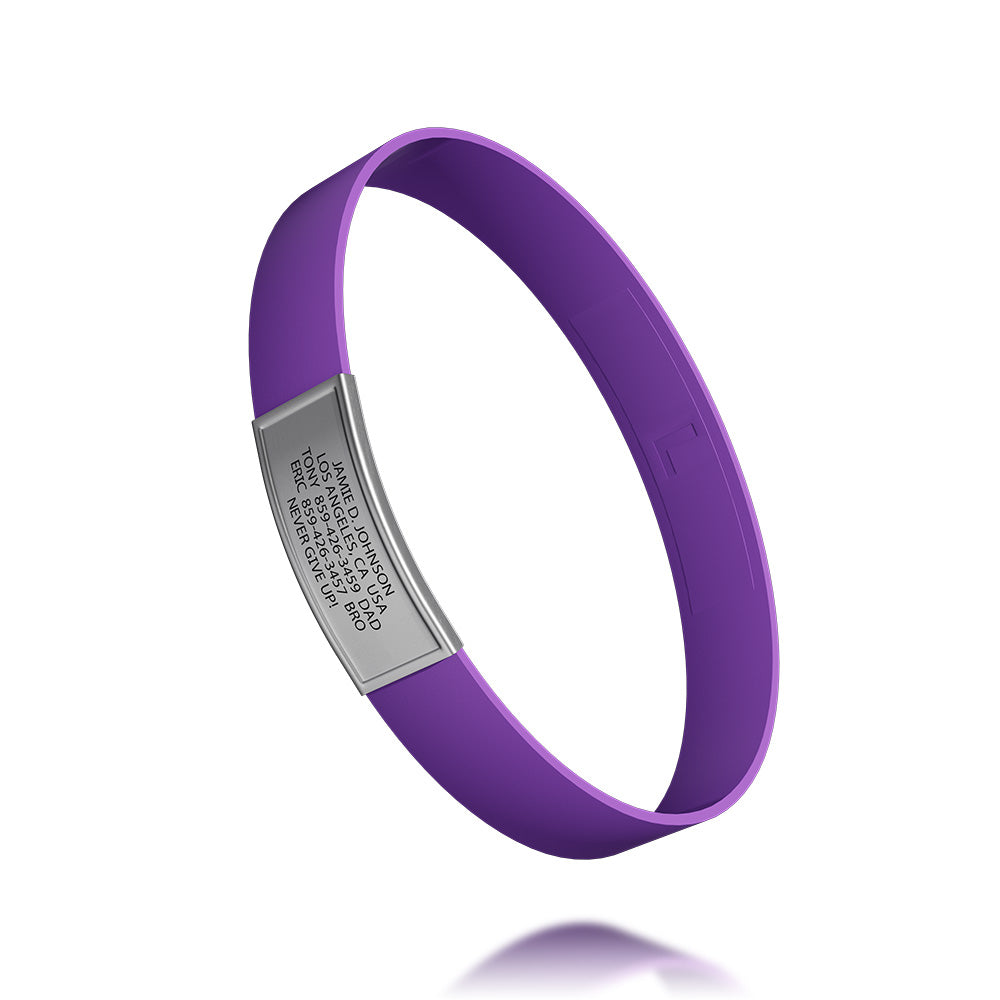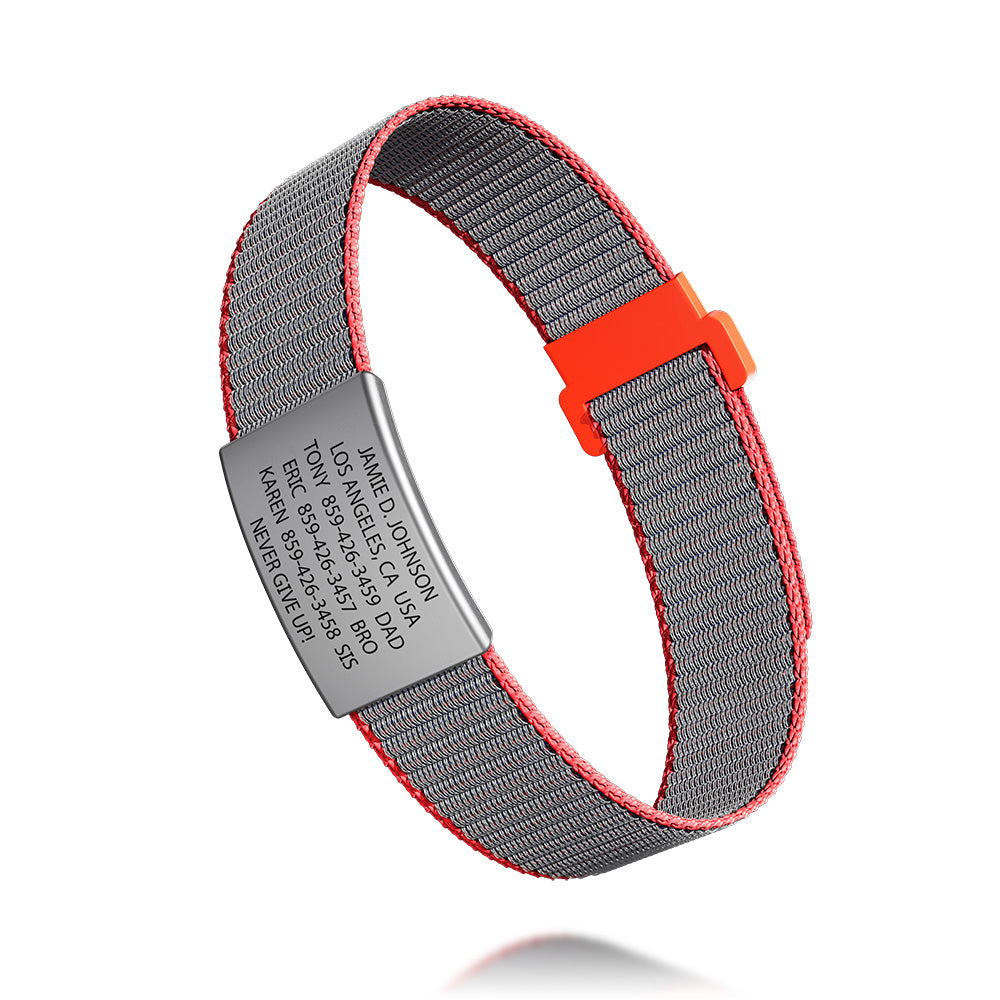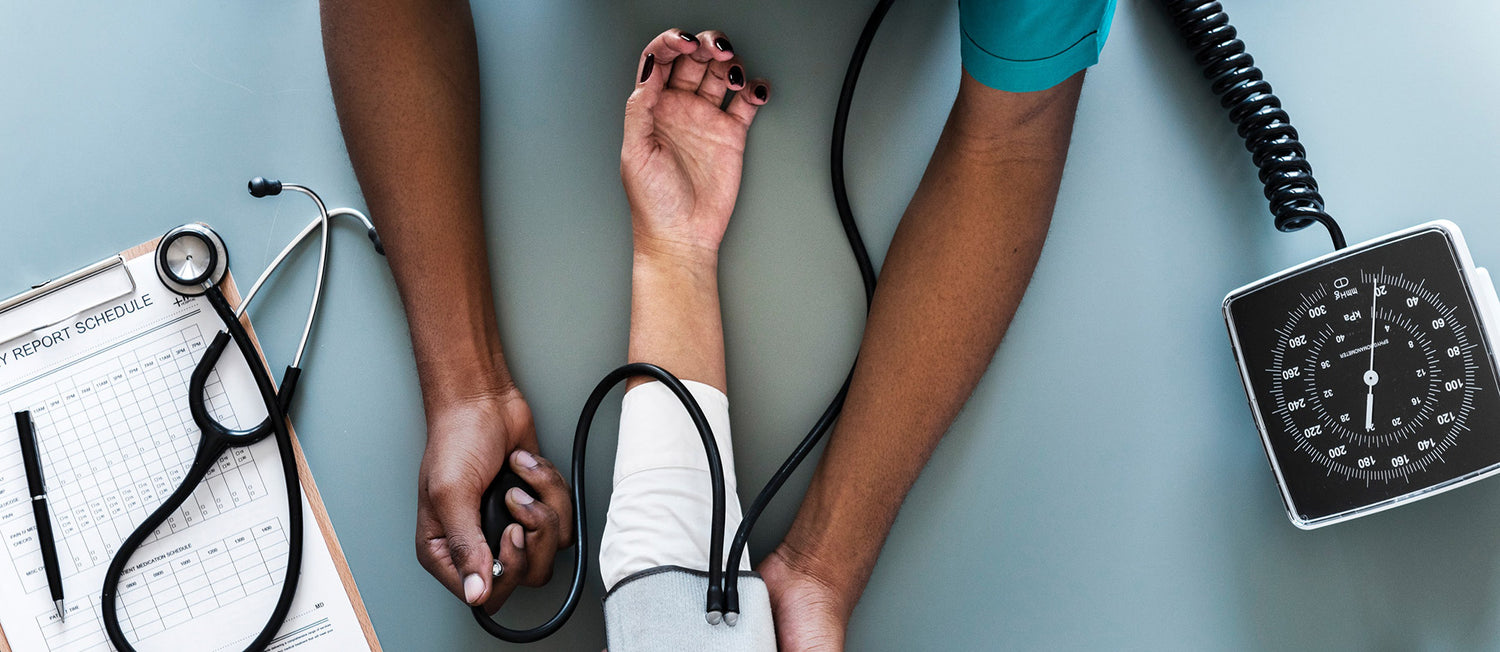You’ve learned about the benefits and peace of mind a medical ID bracelet can provide, and you’re ready to buy your first one. Medical alert jewelry, like this, is designed not only to be stylish but also functional in conveying critical information during emergencies. But if you’ve never worn an ID bracelet before, you might be wondering: What is the best information to include?
The primary purpose of such an accessory is to ensure that vital medical information is instantly accessible to anyone assisting in an emergency. Whether it’s for yourself, your child, or your pet, there are a few important things to consider when designing a custom medical ID. Always prioritize clarity and simplicity to ensure that the data is easily understood by any person or medical professional who might come across it.
First Things First
The first item on a medical ID bracelet should always be your name so anyone who finds you knows immediately who you are. That way, they can call you by name or start researching more about you if you can’t communicate. Be sure to include any common nicknames — if you’re confused from an accident, you might not answer to Alexandria if everyone calls you Lex.
The medical ID bracelet serves as a lifeline, especially in situations where you may be unable to express your needs. With its valuable information, first responders can quickly make informed decisions during emergencies. When pondering what to engrave on a medical ID bracelet, it's crucial to prioritize the most immediate and vital details.
Where Are You From?
Next, you should include the city, state and country where you live. If you’re injured while traveling, or you’re separated from your child, this can help authorities narrow down who you are and whether you might have family close by or not. Including such specific details on a medical alert bracelet can be especially useful in international scenarios, ensuring medical professionals have a better context about your origin.
In case of a medical emergency, understanding your place of residence can assist in identifying potential environmental factors or region-specific ailments. Moreover, it also aids in connecting with your emergency contact more efficiently, providing an added layer of security and assurance.
As we navigate an increasingly global world, such localized information becomes vital in facilitating rapid and effective communication with concerned parties.
Whom to Contact
Whether it’s your spouse, parent, or best friend, it’s important to figure out who you would want authorities to call first if you’re in an accident. This person should be someone who knows about your health history and whom you trust to make important decisions on your behalf. You should include their full name and number. Their relationship to you is optional but could be helpful.
It’s also a good idea to list a second or even a third contact on a medical ID bracelet in case your primary contact can’t be reached. For instance, if your spouse is your primary contact and you’re both injured in an accident, who should authorities call? If you have a severe medical condition, the secondary contact could even be your doctor.
Whomever you end up listing, be sure to ask them for the best number to engrave on your ID and let them know you’re listing them as your emergency contact.
What Else?
For some people, the above information might be enough. But if you have a particular medical condition, life-threatening allergies, or an important medication schedule, ROAD iD medical alert bracelets have room for more info.
Ask yourself if there’s anything that would be critical for someone to know about you in an emergency. Medical professionals prioritize such details when assessing an unconscious or non-communicative patient. Having specifics about medical conditions can prevent potential complications from incorrect treatments or medications.
Furthermore, listing an emergency contact can be invaluable, allowing responders to reach out to someone who knows your medical history intimately or can make critical decisions on your behalf. Medical alert bracelets are not just for identification; they are potential life-savers, bridging the communication gap during pivotal moments.
Are you allergic to bees? Are you diabetic? Are you living in a foreign country where you’re not fluent in the language? Do you have a preferred hospital?
All of this information, when engraved, ensures that you receive the most informed care in any situation.
What If You Run out of Room?
For some people with complex medical histories, the space on a medical ID bracelet may not be enough. That’s why ROAD iD offers an Interactive Medical ID with an online profile where you can add as much information as you need, including more contact numbers, medication information, allergy details and more. You can even upload documents, like EKG reports and health histories. Your personalized medical ID bracelet will then be engraved with an 800 number and website where first responders can access your profile using a serial number and PIN engraved on the back.
Since ROAD iD bracelets have room for multiple faceplates, you can also add a second one with more information, or a badge with a single message in larger print, like a hobby, an accomplishment, a medical condition — or even a unicorn.
Add Some Inspiration
Since no one wants to wear a bracelet that is all work and no play, ROAD iD gives customers the freedom to make a custom medical ID with a motto, slogan, or catchphrase — whatever you need to keep you motivated and inspired to put on that ID and get out in the world. Not only does this personalized touch make the medical alert bracelet more appealing to wear daily, but it also allows the wearer to infuse a bit of their personality into something so essential.
In times of distress, even a small motivational phrase can serve as a beacon of hope for both the wearer and emergency responders. For emergency medical personnel, seeing a personalized message on a medical ID might also provide a more humanized connection to the patient, fostering a greater sense of care. The sky is the limit!
So, while ensuring you're protected with all the necessary medical conditions and information, don't forget to sprinkle in some inspiration that speaks true to you. It's not just about safety; it's about living life with passion and purpose.
Keep It Current
Life moves fast, so make sure you review the information on your medical ID bracelets from time to time to keep things up to date. As our health and circumstances change, it becomes increasingly essential to ensure that our medical alert tools accurately represent our current situation.
For instance, if you develop a new medical condition or become susceptible to an allergic reaction, having that information readily available can be crucial during emergency treatment. Regularly updating your medical ID also means that emergency contact information remains relevant, allowing for efficient communication with your loved ones during crises.
It's not just a matter of wearing the medical ID; it's about ensuring it provides the most accurate and timely information to assist medical professionals in giving you the best care possible.

